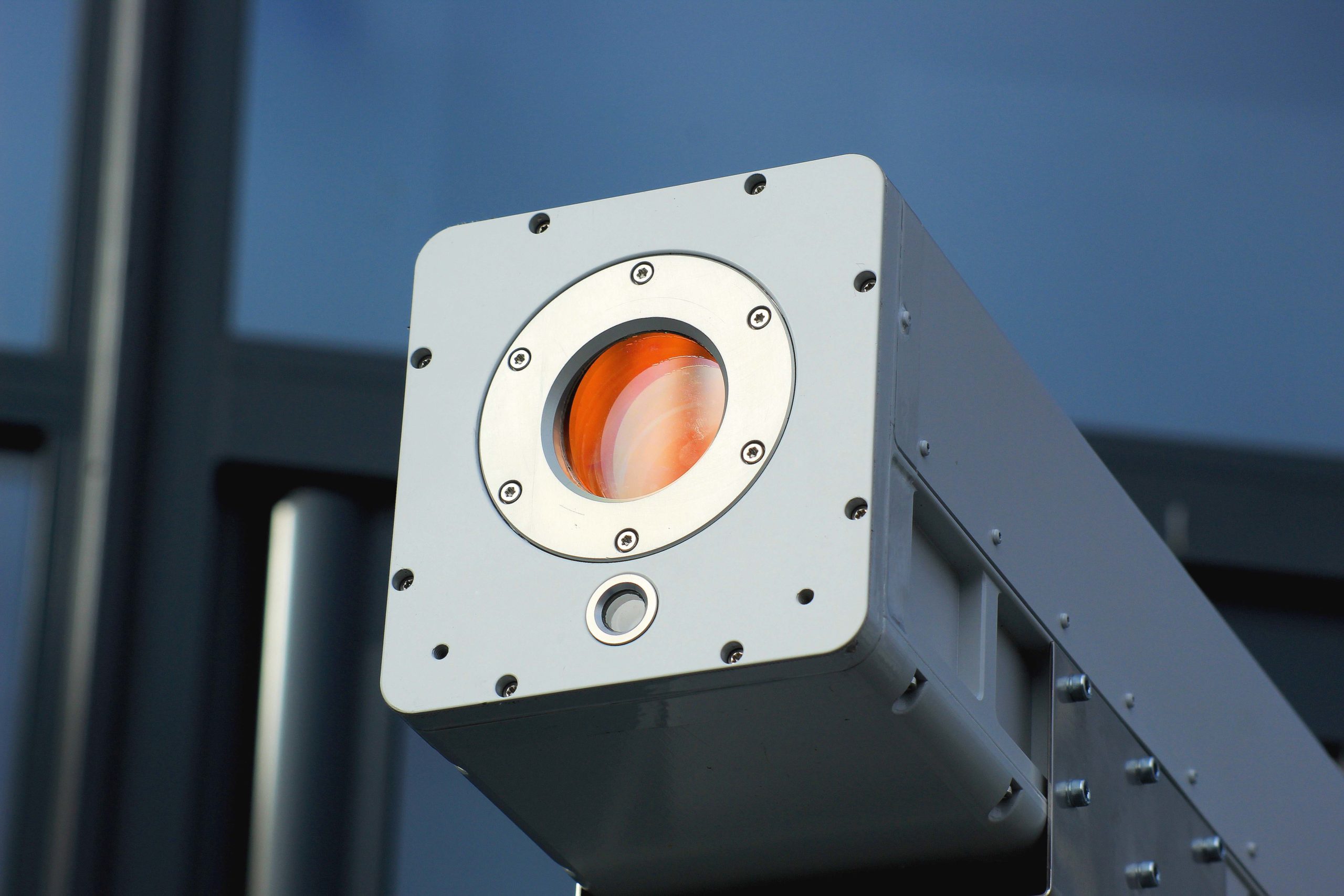Methane leaks are posing a major societal and environmental problem for the oil and gas industries.
Leaks can not only cause a serious public health hazard but are a significant contributor to climate change.
As the main component of natural gas, methane is nearly 100 times as potent as carbon dioxide at trapping heat in the atmosphere, accounting for about 20% of global greenhouse gas emissions.
It is estimated that the global natural gas industry leaks around 3% of its total supply each year, with a value of more than $30 billion. Projections show that natural gas leakage will make up more than 10% of global carbon emissions in the coming decades.
Effective ways of visualising, monitoring and detecting natural gas leakages at industrial sites is therefore of upmost importance, yet current solutions remain expensive, labour intensive and unsuitable for widespread application.
This has accelerated the search for a safe and affordable system that can be easily implemented to provide fast and reliable gas monitoring over a large area.
Tackling the problem
CSA Catapult was a key member of the SPLICE project, an Innovate UK project consortium, working as part of the National Quantum Technologies Programme, designed to bring a state-of-the-art gas imaging system to full commercial readiness.
Led by UK-based QLM Technology, the project also included Aston University, Bay Photonics, BP, Land Instruments International, National Grid Gas, NPL, STL Tech, University of Bristol and University of Sheffield.
The aim of the SPLICE project was to optimise and commercialise QLM’s revolutionary single photon quantum gas sensor through research, development, field trials and manufacturing optimisation.
QLM’s Tuneable Diode Single Photon Lidar (TDSPL) sensor system offers a significant advance over existing gas imaging systems in terms of sensitivity, range, small size and low cost.
The gas imaging system projects a low power laser beam over an area of interest and collects the scattered return signal, using a sensitive high-speed single photon avalanche detector (SPAD) to count the incoming photons. High-speed electronics and image processing algorithms turn the returned signal into a 3D map of leaking gas across the scanned area.
As part of the project, CSA Catapult helped test several commercially available single photon detectors and optical amplifiers to determine which ones performed best in the gas imager system.
The Catapult also performed environmental tests on the optical amplifiers to determine how well they performed in extreme conditions, such as high and low temperatures, and to test the limits of their operation.
Taking it to market
As a result of the SPLICE project, QLM Technology’s gas imager system is now being fully commercialised, providing natural gas producers, distributors and service providers with a fast, accurate and low-cost gas leak identification product with industry-leading performance.
QLM Technology have also signed a Collaboration Agreement with SLB (formally known as Schlumberger), one of the world’s largest oil and gas services companies, who provided lead investment in a £12m round of Series-A funding.
Existing investors in the technology such as Green Angel Syndicate, Enterprise100 Syndicate, Development Bank of Wales and Newable Ventures, also joined in this round of funding.
QLM’s gas imaging sensor will be part of the new SLB End-to-end Emissions Solutions (SEES) business offering for the oil and gas industry, complementing existing satellite, airplane, and drone-mounted sensors offered by SEES.
QLM Technology are creating jobs and expanding their operations for manufacturing in Cardiff and Paignton, UK and have established a site near San Francisco, US to support international sales and operations.
Through a series of new funding agreements with SMEs and start-ups in the UK, QLM are also establishing a supply-chain to help support the development of its ground-breaking product.
"Working with CSA Catapult on the SPLICE project has provided us with a good understanding of, and confidence in, the critical compound semiconductor laser and detector components that underpin our quantum gas lidar camera.
"Making these components in the UK is the next step in our development and we are working with CSA Catapult to enable that." - Murray Reed, CEO at QLM Technology.[/vc_column_text][/vc_column][/vc_row]
(Image credit: QLM Technology Ltd)





